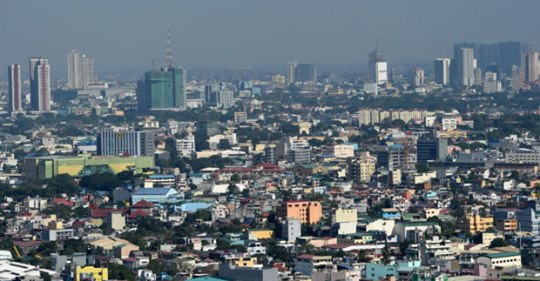
This year’s expected weak revenue take has forced the government to borrow more and in the process jack up the debt stock to a record-high P9.59 trillion by year’s end.
The Cabinet-level Development Budget Coordination Committee’s (DBCC) projected end-2020 outstanding debt level is equivalent to 49.8 percent of gross domestic product (GDP), Finance Undersecretary Gil S. Beltran told the Inquirer.
National Treasurer Rosalia V. de Leon said that the Bureau of the Treasury was still finalizing the adjusted 2020 borrowings program and its mix.
Under the 2020 national budget, the national government’s outstanding debt was supposed to reach P8.8 trillion this year or 44.4 percent of GDP, on the back of a record P1.4 trillion in gross borrowings programmed for the year.
But actual borrowings will exceed the original program as the government plans to borrow an additional P310 billion from foreign lenders to augment funds under the Duterte administration’s four-pillar socioeconomic strategy against COVID-19.
So far, the Philippines already secured $1.7 billion in loans from the Manila-based Asian Development Bank (ADB) and $600 million from the Washington-based World Bank.
The Beijing-based Asian Infrastructure Investment Bank (AIIB) is expected to approve this month a $750-million loan for the Philippines’ COVID-19 response.
Finance Secretary Carlos G. Dominguez III earlier said that the Philippines was in talks with China, France, Japan and South Korea for bilateral program loans to support the fight against the pandemic.
Economist Bernardo M. Villegas told a forum on Friday that the government had been “very disciplined fiscal-wise,” so even higher public borrowings during these times of crisis would augur well to the economy.
The debt-to-GDP ratio declined to a record-low 39.6 percent in 2019. As such, Villegas said “the government can afford to borrow a lot to be able to prime the pump.”
For Villegas, private consumption, which accounted for 70 percent of GDP, and government expenditures would be the two engines of economic recovery post-pandemic.
In the meantime, the government will have to rely on more borrowings given expectations of weak collection of tax and non-tax revenues amid the COVID-19 crisis hurting not only the healthcare sector but also the economy.
Last Tuesday, the DBCC slashed this year’s revenue collection target to P2.61 trillion from the March projection of P3.17 trillion and the original 2020 program of P3.49 trillion.
The 2021 revenue goal was also reduced to P2.93 trillion from P3.85 trillion previously, while the 2022 program fell to P3.27 trillion from P4.31 trillion.
The economic team projected GDP to decline by 2-3.4 percent this year, while imports would likely drop by 5.5 percent.
The share of revenues to GDP was estimated to decline to 13.6 percent from 16.1 percent in 2019.
On the other hand, expenditures on public goods and services were now estimated by the DBCC to hit P4.18 trillion for the entire year, higher than the P4.16 trillion programmed last March as “the emerging disbursement program takes into account the releases for COVID-19 initiatives charged to savings coming from austerity measures, among others.”